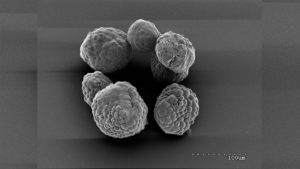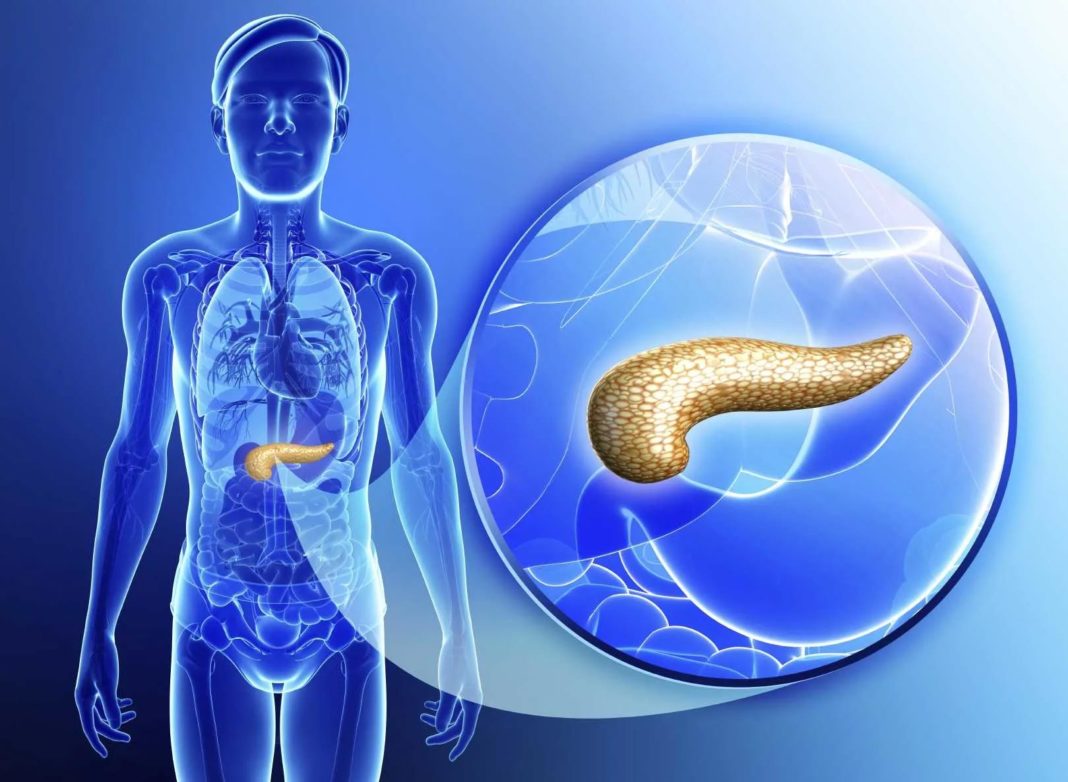Pancreatic cancer is rarely detected at its early stages when it’s most curable. This is because it often doesn’t cause symptoms until after it has spread to other organs. Treatment options are chosen based on the extent of the cancer and may include surgery, chemotherapy, radiation therapy, or a combination of these. Using mice and lab-grown pancreas models, scientists at Cold Spring Harbor Laboratory (CSHL) have discovered that they can stop the growth of pancreatic cancer cells by blocking the way the cells store cholesterol.
Their study, “SOAT1 promotes mevalonate pathway dependency in pancreatic cancer,” was published in the Journal of Experimental Medicine and led by David Tuveson, MD, PhD, professor at CSHL.
Tuveson’s team wanted to know why pancreatic cancer cells, like many cancer cells, produce abundant amounts of cholesterol. “Pancreatic ductal adenocarcinoma (PDAC) has a dismal prognosis, and new therapies are needed. Altered metabolism is a cancer vulnerability, and several metabolic pathways have been shown to promote PDAC. However, the changes in cholesterol metabolism and their role during PDAC progression remain largely unknown. Here we used organoid and mouse models to determine the drivers of altered cholesterol metabolism in PDAC and the consequences of its disruption on tumor progression,” the scientists wrote.
Although cholesterol is an essential component of cell membranes, the team determined that the pancreatic cancer cells make far more cholesterol cells than they need to support their own growth. “This is unusual because the cholesterol pathway is one of the most regulated pathways in metabolism,” said Tobiloba Oni, a graduate student in Tuveson’s lab.
Most cells make only as much cholesterol as they need, but the scientists found that cancer cells convert most of the cholesterol they make into a form that can be stored within the cell. Free cholesterol never accumulates, and the synthesis pathway keeps churning out more.

Cancer cells in the pancreas seem to thrive off the overgrowth of cholesterol. The team believes this is probably due to the cancer cells taking advantage of other molecules generated by the same pathway. The scientists found that an enzyme called sterol O-acyltransferase 1 (SOAT1), which converts free cholesterol to its stored form and which pancreatic cancer cells have in abundance, is the reason the pathway continues running and is able to maintain their supply.
The researchers eliminated the SOAT1 enzyme through genetic manipulation, preventing cells from converting and storing their cholesterol, and the cancer cells stopped proliferating. In animal experiments, eliminating the enzyme stalled tumor growth.

The team found that eliminating SOAT1 only affected the cells that harbored mutations in both copies of a tumor suppressor gene known as p53. This genetic alteration promotes cancer growth and is exceedingly common in patients’ tumors. Normal pancreas cells functioned just fine without the enzyme in the team’s experiments, making SOAT1 a promising therapeutic target.
“Genetic targeting of SOAT1 impairs cell proliferation in vitro and tumor progression in vivo and reveals a mevalonate pathway dependency in p53 mutant PDAC cells that have undergone p53 loss of heterozygosity (LOH). In contrast, pancreatic organoids lacking p53 mutation and p53 LOH are insensitive to SOAT1 loss, indicating a potential therapeutic window for inhibiting SOAT1 in PDAC.”
The researchers hope this discovery will lead to drug development that selectively blocks the enzyme, impairing cancer cells but leaving normal cells healthy.


